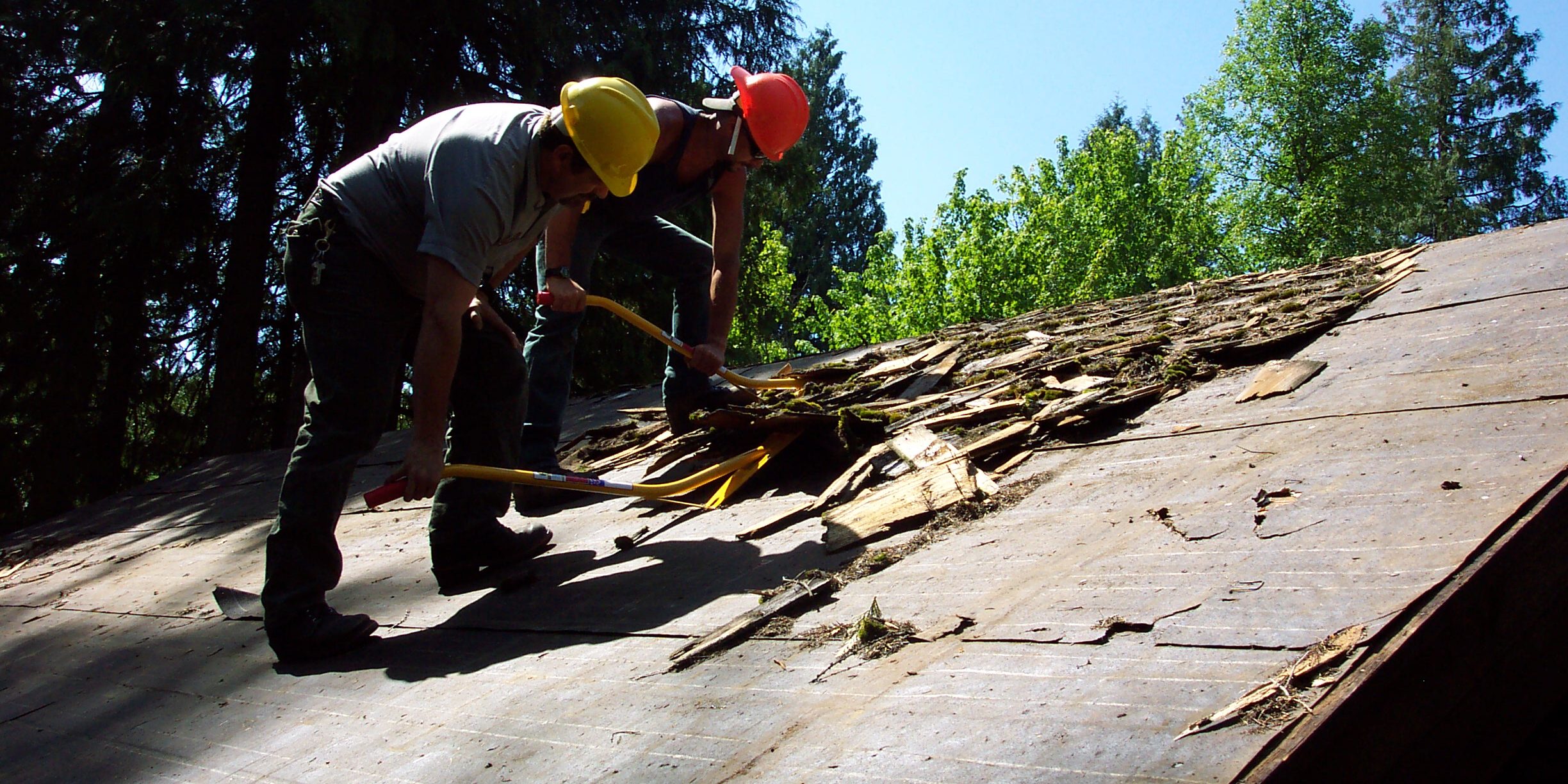When selecting a homeowners insurance policy, it is essential to know what kind of roof damage is covered by the coverage you choose. Generally, most policies cover roof damage caused by fire or inclement weather, such as hail, wind, and snow. However, the coverage may vary depending on the company and selected policy.
What Kind of Roof Damage is Covered by Insurance?
Roof damages that are usually covered by a typical Homeowners insurance policy are:
- Damage from severe weather: Most policies cover damage from extreme weather events such as hail, wind, and heavy rain.
- Damage from falling objects: If a tree branch, satellite dish, or other object falls onto your roof and causes damage, your policy may cover it.
- Damage from fire or smoke: If your roof is damaged due to a fire or smoke damage, it may be covered by your policy.
- Damage from vandalism or theft: If your roof is damaged due to vandalism or theft, your policy may provide coverage for the cost of repairs or replacement.
It is important to note that your policy may not cover all types of damage, and coverage can vary depending on your specific terms and conditions. For example, some guidelines may have exclusions for certain types of weather events or may require additional coverage for damage caused by flooding or earthquakes.

To ensure adequate coverage for your roof, you must review your policy carefully and speak with your insurance provider to understand what types of damage are covered and what deductibles and limits apply.
Roof damage covered by insurance often includes repairing or replacing shingles damaged due to violent storms with high winds. This typically comprises torn-off or missing shingles blown away by high winds and missing shingles due to hail or flying debris. Insurance companies may also cover repairs for structural damage from these same storms and extreme weather events. In some cases, they may also cover costs associated with switching from traditional asphalt shingle roofs to more durable materials such as metal or tile roofs in areas prone to extreme weather events.
In addition to exterior damages caused by storms, many insurance policies also cover interior damages resulting from water leaks due to damaged roofs during stormy weather. A leaking roof can cause extensive water damage inside a home if left unchecked for an extended period. Damages can range from short-term water stains on walls and ceilings to extensive mold and mildew growth that can be difficult and expensive to repair after prolonged periods with no mitigation efforts.
Leaking roofs are usually not covered if caused by poor maintenance, such as broken tiles due to age or improper installation practices used when constructing the roof. Homeowners should always check with their insurance company before purchasing any coverage plan regarding how much protection is provided for specific maintenance-related issues before signing any contracts for coverage plans corresponding with those particular incidents-related exclusions and limitations stated within its documentation pages.
While roof damage can be a costly repair in terms of both finances and peace of mind, many homehomeowners’icies provide sufficient protection so long as the homeowner has done their part in staying informed about what kinds of roof damages might occur in their area based on history & current climate conditions.
It was taking steps towards proper upkeep & maintenance measures required over time to keep them safe & secure against potential damages that might arise throughout its expected lifespan according to local building codes. Since no two areas are ever precisely alike & they must be treated uniquely based upon each specific requirement when it comes down to addressing potential roofing concerns immediately & properly each step before they become too big an issue.
